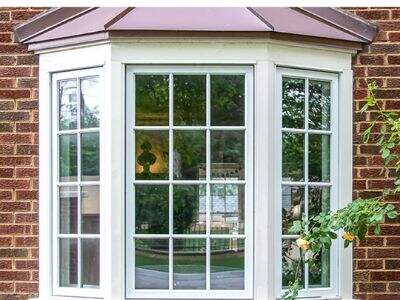The many benefits of aluminium in contemporary architecture
Aluminum is a really cool material because it’s very versatile and it can be used in so many different ways in architecture. The great thing about aluminum is that it is lightweight, so that it can be used to make really tall buildings without making the buildings too heavy. This makes it ideal for skyscrapers and other taller buildings that need to be strong but not overly heavy.
Another wonderful thing about aluminum is how it can be bent and molded in so many different ways. That means that architects can get really crazy with their designs, and make buildings look super unique and interesting. Aluminum can also be dyed in many ways, which means architects can use it to make buildings that are all sorts of cool colors.
Aluminum's Role in Contemporary Design
Aluminum is also a big thing for today’s design, it’s ultra modern and cool. Architects just love how aluminum makes buildings look so, like, metallic and futuristic. Anything and everything can be made out of aluminum in architecture - windows, doors, the building itself.
Another reason why aluminum is so popular in modern design practices is because it is super strong and will last for a very long time. Aluminum does not rust or corrode, so it can be left out in all types of weather without deteriorating. This makes it ideal for buildings that are meant to wear well over time.
The Role of Aluminum in the Future of Architecture
Aluminum is changing the shape of buildings to come. New Ideas for Designing with Aluminum All architects are quite clearly on a constant, feverish search for new materials to boast in our designs, but aluminum is one such material that can be used in a variety of clever ways. Perfect for sustainable and cost-effective buildings, thanks to its lightweight and robust properties that last.
Sustainability: One of the many ways aluminum is impacting the future of architecture is through its sustainability. Aluminum is 100% recyclable so there is no limit to how many times it can be reused and it will keep its strength and properties. It makes it a super green choice for those architects who wish to make buildings which don’t harm the environment.
A Favorite Among Architects
Architects love aluminum because it is so versatile and easy to work with. Aluminum is popular among architects who like to use it to design many different designs and shapes for their buildings. Aluminium is an ideal material used in developing plans for high and light structural with more open space such as; with open floor plans of hi-tech building, a contemporary urban home to the visitors.
Finally, soft or anodized aluminum is easy to maintain, yet another reason why it is popular with architects. And unlike other materials that can rust or break down over time, aluminum is really strong and long-lasting. That means architects can design buildings that continue to look good for a long time without worrying about them falling apart.
Getting to Grips with How Aluminium is Influencing Architectural Trends
Aluminum has been a major influence on architectural styles in recent times. Until recently you would not see Aluminum as a building material because the cost would make it too expensive, but with the introduction of new technologies and the realities of inflation, the aluminum curtain walls, doors and windows, rails, balustrades, paths, and all other elements, from outer shell of the building is slowly becoming more and more the "norm" in the field of building from all kinds of materials. With its light weight and strength, combined with the ability to be formed into nearly any shape, aluminum is revolutionizing how buildings are designed and built.
Aluminum is a hot material these days in architecture for building sustainable and energy-efficient structures. And aluminum is a really good choice for this because then you can build buildings that are super-insulated and energy-efficient. This translates to less energy consumed and fewer carbon emissions in construction, creating energy-efficient and sustainable buildings.
 EN
EN
 FR
FR
 DE
DE

